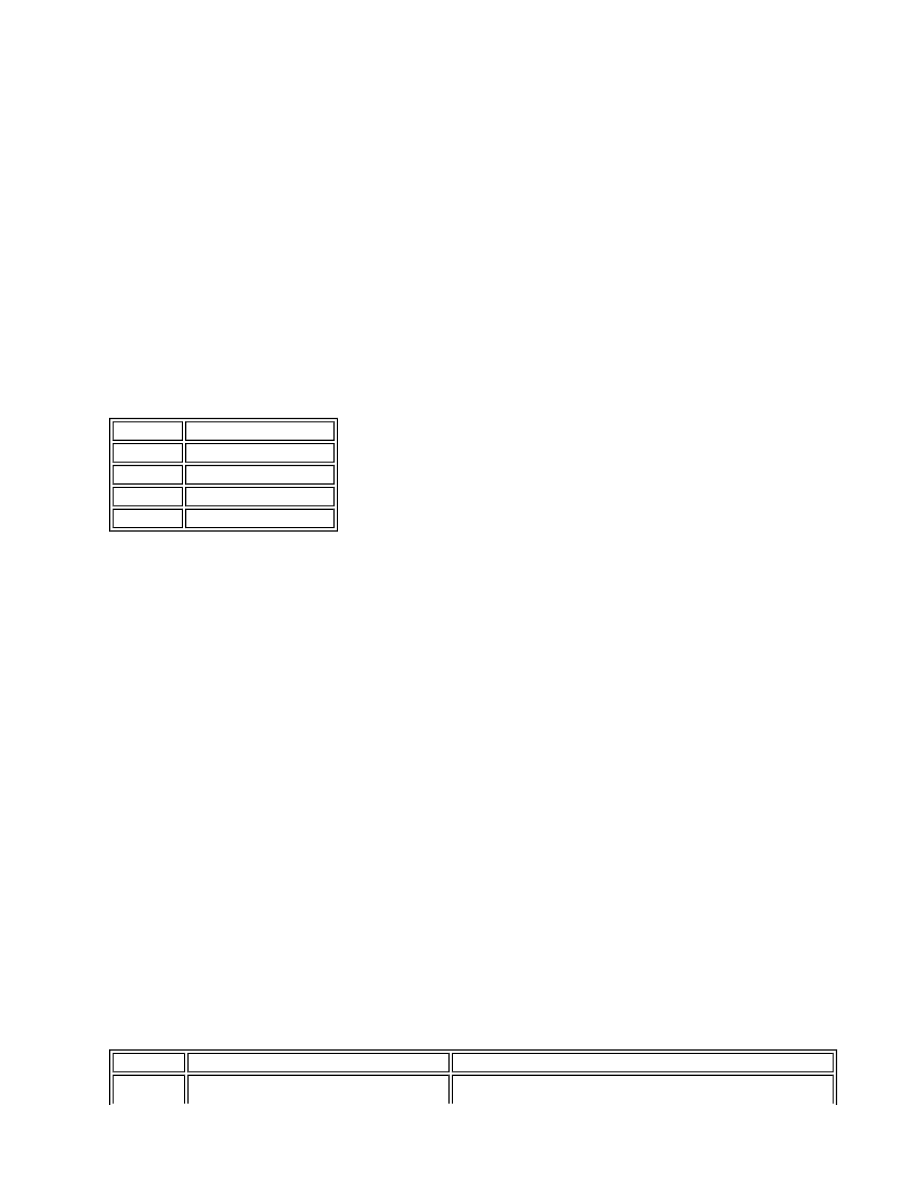LR3/Disco 3

UHEGO/HEGO and MAF/IAT Sensor
There are several adaptive maps associated with the fuelling strategy. Within the fuelling strategy the ECM calculates
short-term adaptions and long term adaptions. The ECM will monitor the deterioration of the HO2S over a period of time.
It will also monitor the current correction associated with the sensors.
The ECM will store a fault code in circumstances where an adaption is forced to exceed its operating parameters. At the
same time, the ECM will record the engine speed, engine load and intake air temperature.
CKP Sensor
The characteristics of the signal supplied by the CKP sensor are learned by the ECM. This enables the ECM to set an
adaption and support the engine misfire detection function. Due to the small variation between different flywheels and
different CKP sensors, the adaption must be reset if either component is renewed, or removed and refitted. It is also
necessary to reset the flywheel adaption if the ECM is renewed or replaced. The ECM supports four flywheel adaptions
for the CKP sensor. Each adaption relates to a specific engine speed range. The engine speed ranges are detailed in the
table below:
Misfire Detection
Legislation requires that the ECM must be able to detect the presence of an engine misfire. It must be able to detect
misfires at two separate levels. The first level is a misfire that could lead to the vehicle emissions exceeding 1.5 times the
Federal Test Procedure (FTP) requirements for the engine. The second level is a misfire that may cause catalyst damage.
The ECM monitors the number of misfire occurrences within two engine speed ranges. If the ECM detects more than a
predetermined number of misfire occurrences within either of these two ranges, over two consecutive journeys, the ECM
will record a fault code and details of the engine speed, engine load and engine coolant temperature. In addition, the ECM
monitors the number of misfire occurrences that happen in a 'window' of 200 engine revolutions. The misfire occurrences
are assigned a weighting according to their likely impact on the catalysts. If the number of misfires exceeds a certain
value, the ECM stores catalyst-damaging fault codes, along with the engine speed, engine load and engine coolant
temperature.
The signal from the crankshaft position sensor indicates how fast the poles on the flywheel are passing the sensor tip. A
sine wave is generated each time a pole passes the sensor tip. The ECM can detect variations in flywheel speed by
monitoring the sine wave signal supplied by the crankshaft position sensor.
By assessing this signal, the ECM can detect the presence of an engine misfire. At this time, the ECM will assess the
amount of variation in the signal received from the crankshaft position sensor and assigns a roughness value to it. This
roughness value can be viewed within the real time monitoring feature, using T4. The ECM will evaluate the signal
against a number of factors and will decide whether to count the occurrence or ignore it. The ECM can assign a
roughness and misfire signal for each cylinder, (i.e. identify which cylinder is misfiring).
T4 Diagnostics
The ECM stores faults as Diagnostic Trouble Codes (DTC), referred to as 'P' codes. The 'P' codes are defined by OBD
legislation and, together with their associated environmental and freeze frame data, can be read using a third party scan
tool or T4. T4 can also read real time data from each sensor, the adaptive values currently being employed and the
current fuelling, ignition and idle settings.
Adaptions Engine Speed, rev/min
1
1800 - 3000
2
3001 - 3800
3
3801 - 4600
4
4601 - 5400
P Code No
Component/ Signal
Fault Description
P0011
CMP/CKP/VVT
Bank A CMP/CKP Position error high , VVT retard position
